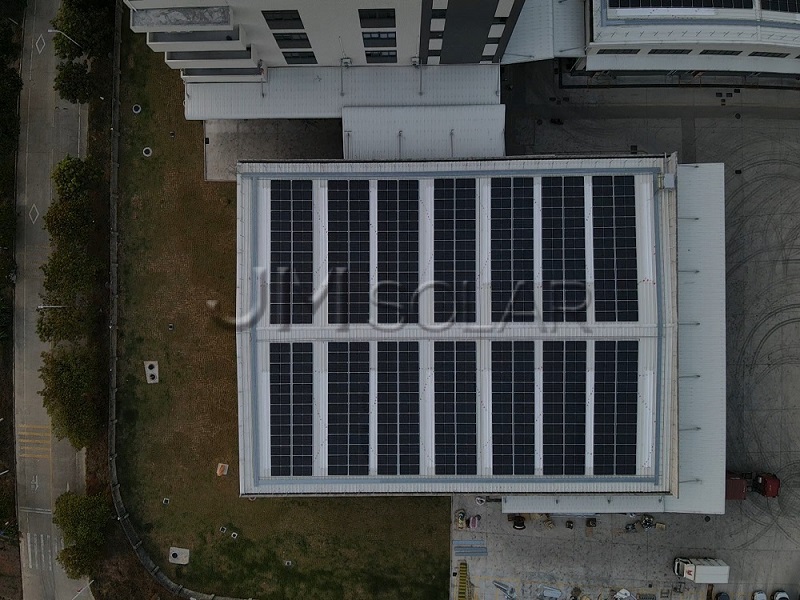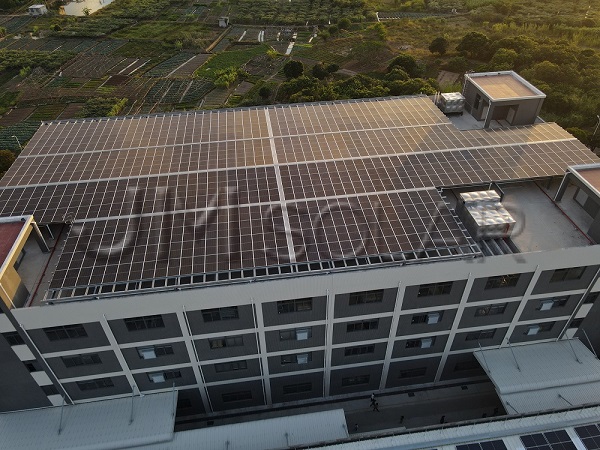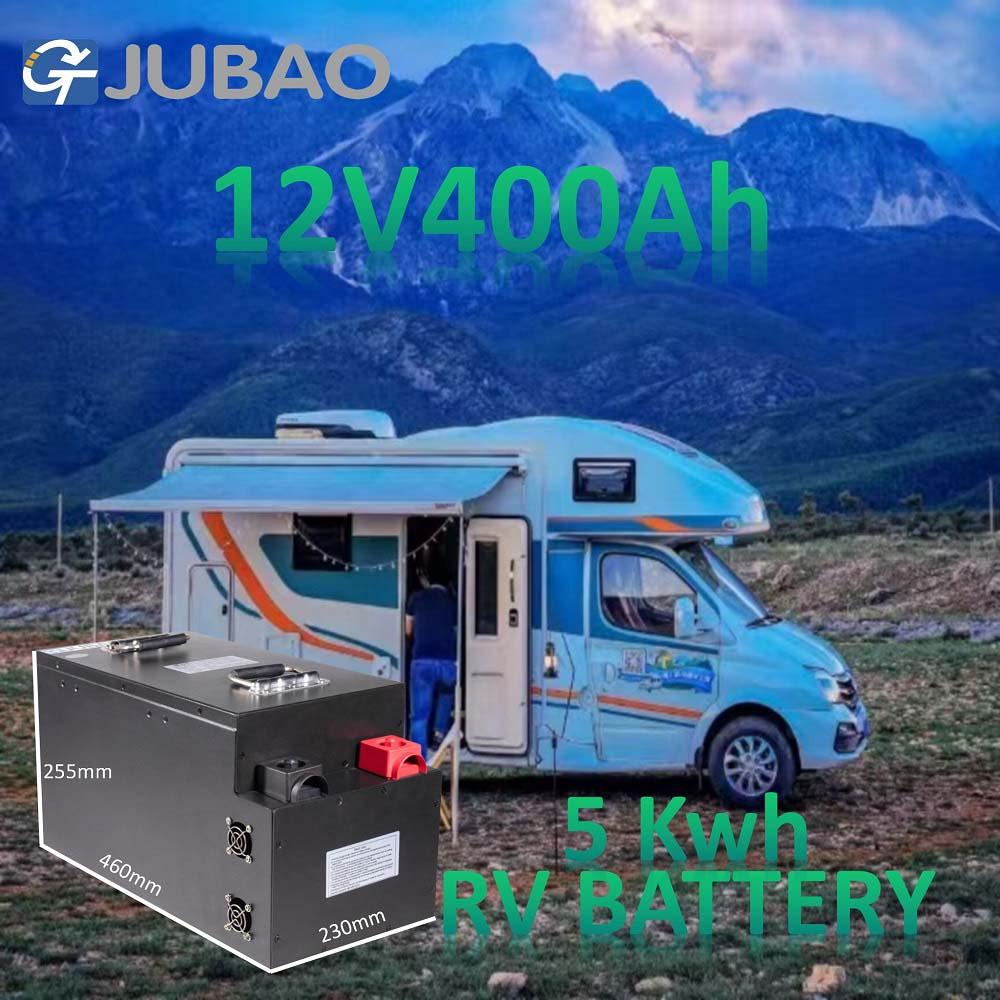Integrating Proton Exchange Membrane (PEM) fuel cells into commercial and industrial applications involves several key steps and considerations to ensure efficient, reliable, and cost-effective operation. Here’s a comprehensive guide on how to achieve this integration:
1. Application Assessment
(1)Identify Suitable Applications: Determine where PEM fuel cells can be most beneficial. Common applications include backup power systems, material handling equipment (e.g., forklifts), combined heat and power (CHP) systems, and portable power solutions.
(2)Load Requirements: Analyze the energy demands of the application to ensure the fuel cell system can meet the required power output and runtime.
2. System Design and Sizing
(1)Power Output: Size the fuel cell stack to match the power requirements of the application. Consider peak power demands and average load.
(2)Balance of Plant (BoP): Design the supporting systems, including air supply, hydrogen storage and delivery, cooling, and humidification systems.
(3)Integration with Existing Infrastructure: Ensure compatibility with existing electrical and (3)thermal systems. This may involve inverters, transformers, and heat exchangers.
3. Hydrogen Supply
(1)Hydrogen Storage: Choose appropriate hydrogen storage methods, such as compressed gas, liquid hydrogen, or metal hydrides, based on the application’s requirements.
(2)Supply Chain: Establish a reliable hydrogen supply chain, including production, transportation, and refueling infrastructure.
4. Safety Considerations
(1)Leak Detection: Implement hydrogen leak detection systems to ensure safety.
(2)Ventilation: Design proper ventilation systems to prevent hydrogen accumulation.
(3)Compliance: Ensure compliance with relevant safety standards and regulations, such as NFPA 2 (Hydrogen Technologies Code) and ISO/TS 19880.
5. Control Systems
(1)Automation: Develop control algorithms for managing fuel cell operation, including start-up, shutdown, and load following.
(2)Monitoring: Implement real-time monitoring systems to track performance, detect faults, and optimize operation.
6. Economic and Environmental Analysis
(1)Cost-Benefit Analysis: Evaluate the total cost of ownership, including capital expenditure, operating costs, and potential savings from increased efficiency and reduced emissions.
(2)Environmental Impact: Assess the environmental benefits, such as reduced greenhouse gas emissions and lower noise levels compared to conventional power sources.
7. Installation and Commissioning
(1)Site Preparation: Prepare the installation site, ensuring it meets all requirements for safety, accessibility, and environmental conditions.
(2)Testing: Conduct thorough testing to validate system performance and safety before full-scale operation.
8. Maintenance and Operation
(1)Routine Maintenance: Establish a maintenance schedule for inspecting and servicing the fuel cell system and its components.
(2)Training: Train personnel on proper operation, maintenance, and safety procedures.
9. Performance Optimization
(1)Efficiency Improvements: Continuously monitor and optimize system performance to improve efficiency and extend the lifespan of the fuel cell.
(2)Software Updates: Regularly update control software to incorporate the latest advancements and improvements.
10. Regulatory and Incentive Programs
(1)Incentives: Explore available government incentives, grants, and tax credits for fuel cell adoption.
(2)Regulatory Compliance: Ensure all installations comply with local, national, and international regulations and standards.
Example Applications
1.Backup Power: PEM fuel cells can provide reliable backup power for critical infrastructure, such as data centers and hospitals.
2.Material Handling: Fuel cell-powered forklifts offer longer runtime and faster refueling compared to battery-powered alternatives.
3.Combined Heat and Power (CHP): PEM fuel cells can be used in CHP systems to provide both electricity and thermal energy for industrial processes or building heating.
By following these steps, PEM fuel cells can be effectively integrated into various commercial and industrial applications, offering a clean, efficient, and reliable energy solution.








